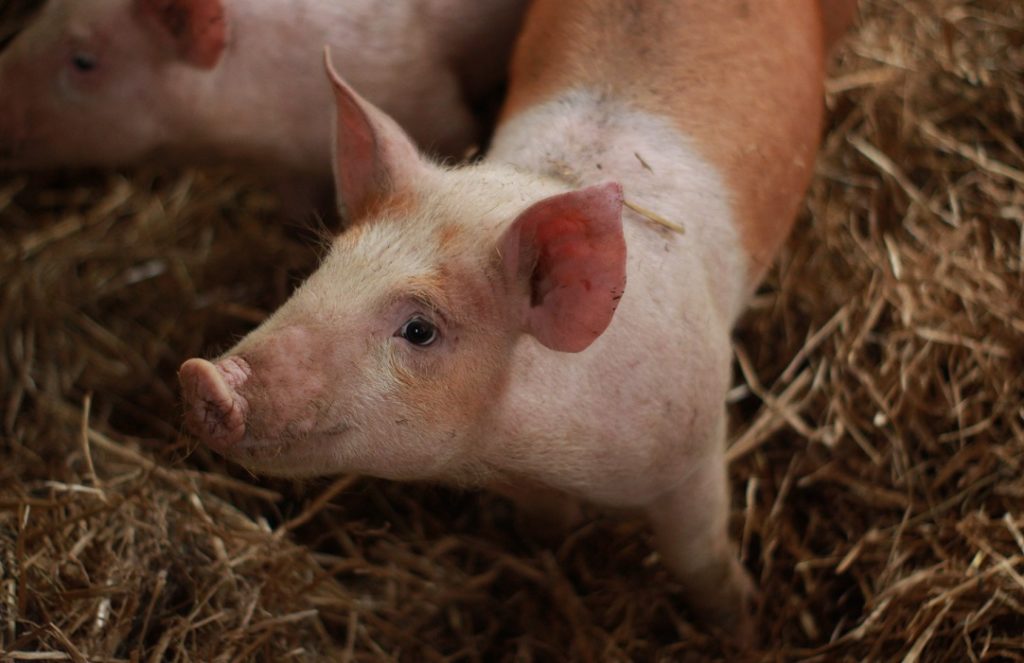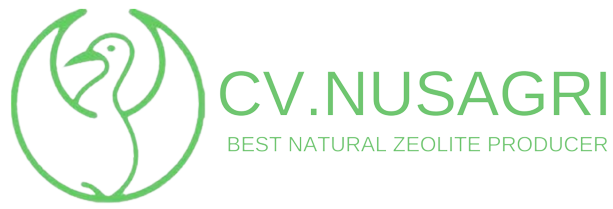
Pigs are one of the animals with great potential to be developed in an effort to meet the need for meat. This is supported by its nature which has growth and breeding that is fast, prolific, efficient in converting feed into meat and has meat with a high percentage of carcasses. Consumers will usually pay attention to some of the characteristics that are used as a handle in choosing quality pork, among others: color, tenderness, taste, and taste after cooking. Other characteristics that also determine the quality of pork are intramuscular fat, cooking losses, fluid retention, and meat pH.
Efforts to improve the quality of pork can not be separated from the rations given to livestock during its growing period. A good ration must contain nutrients needed for growth. Protein is the most essential nutrient for pig growth. Ingredients, especially rations which are commonly used as a source of protein, are relatively expensive, in addition to the cost of ration, it is also the biggest cost in the pig farm business, reaching 60% to 80% of the total production cost. Providing cheap rations with low quality, an imbalance in the amount of ration nutrition provided, as well as the limitation of their provision is often done to reduce these costs, which of course this situation will affect the quality of meat produced.
Feed or food for livestock is one important factor in the business of pigs. Because 60% of the total cost is spent on the needs of pigs (seeds), and 80% is for fattening pigs. Therefore, one thing to note here is that although pigs are naturally classified as animals that eat very greedy, and like to eat anything, but they need to be given food with the correct calculation. Because, in addition to pigs having a lot of food and greed, the conversion to food is very good, so if the maintenance is good, the growth rate will be good too.
The problem faced is the amount of expenditure for the cost of feed, per day. The feed given is in the form of corn, rice bran, tofu pulp, and cassava. Feed is given 2 times a day, ie morning and evening. feed for 1 pig weaned as much as 4-5 buckets, while for seedlings given 1 bucket. Pigs are also given vitamin B-complex, medoxy, verbex, which aims to treat and prevent itching. Feeding pigs in large quantities is not a guarantee that pigs will develop properly, as expected, if the quality of food provided does not meet the nutritional requirements of pigs. The provision of rations is factors that absolutely cannot be ruled out.

Pigs in their growth, breeding, fattening and health require certain substances, which when they are deficient, pigs will develop differentiation disease. Period starter (0-11 weeks), protein 20-22% and sebaknya given milk milk and ground corn. Grower period (10 – 24 weeks), 17% protein plus fresh forages, minerals and vitamins. Fattening (up to 10 months), 14% protein and quality feed so that it can reach weight + 100 kg. Seedlings, with 14% protein, foods high in fiber, and fresh forage but do not need to cook rations. Food is given 2-3 times a day and does not absolutely have to be cooked.
Because vitamin substances in a cooked food mixture will be damaged or lost, but there are also things that need to be cooked like cassava, taro leaves and soybeans because they contain toxins, can cause itching, it contains anti-metabolic substances. Pigs, besides needing food, also need clean drinking water every day and are provided unlimitedly in a cage so pigs can drink according to their needs.
The search for alternative feed ingredients is carried out by considering the availability, quality and price, as well as not competing human needs, as well as a source of minerals and protein. In addition, the composition of the ration composition with the right level and as optimal as possible must be done, so that a good and balanced ration is obtained in accordance with the needs of livestock. Zeolites are mining commodities that can be used as a source of minerals in the ration. This mineral is quite abundant in Indonesia and has a characteristic that is having high absorption and cation exchange capacity. Zeolites are not a single mineral consisting of several types. The zeolite mineral content is calcium, sodium, potassium, magnesium, strontium and barium. In general, zeolite minerals are aluminosilicate hydrate compounds with alkali metals.
The ion exchange and absorption ability of zeolites can be used to increase the efficiency of nitrogen use in feed, reduce intestinal diseases in piglets and ruminants, control water and ammonia content in livestock manure, filter wastewater from the hatchery industry, and to reduce nitrogen content in feeding. livestock and livestock industry wastewater. Giving zeolite in pig rations resulted in increased body weight and efficiency of the use of higher feed, as well as lower protein content of feces, compared to pigs without zeolite administration.
